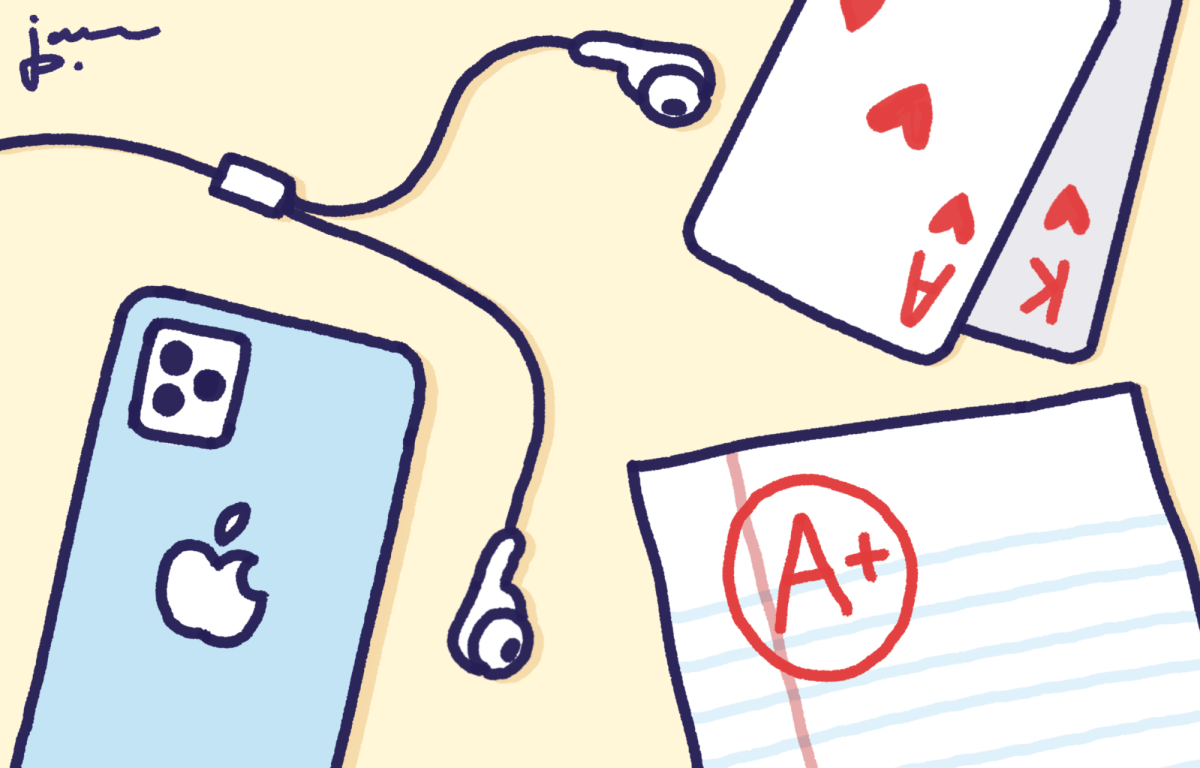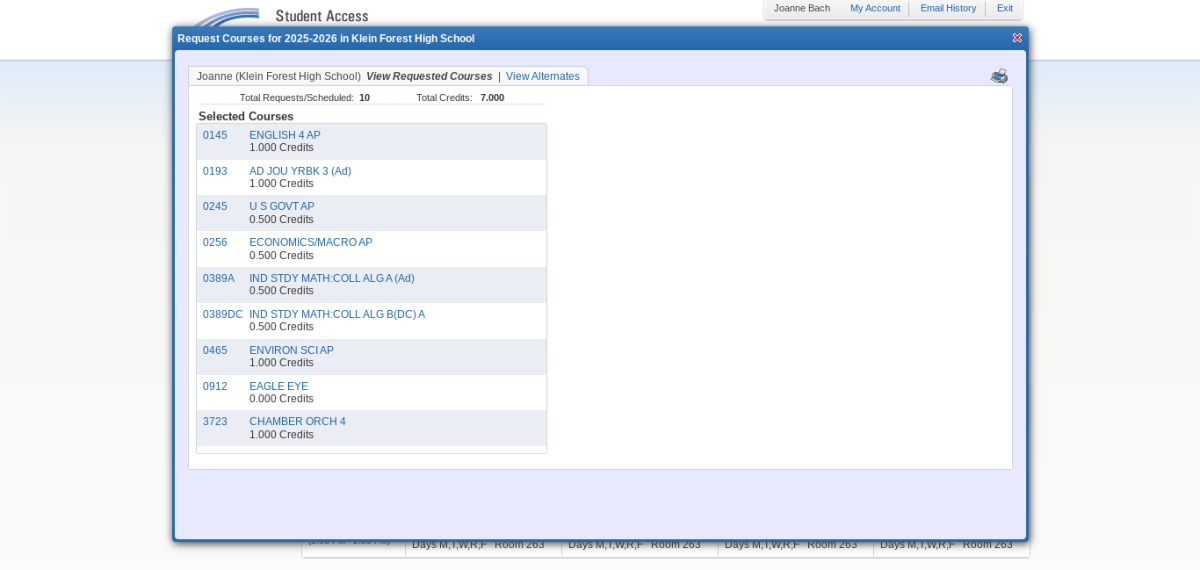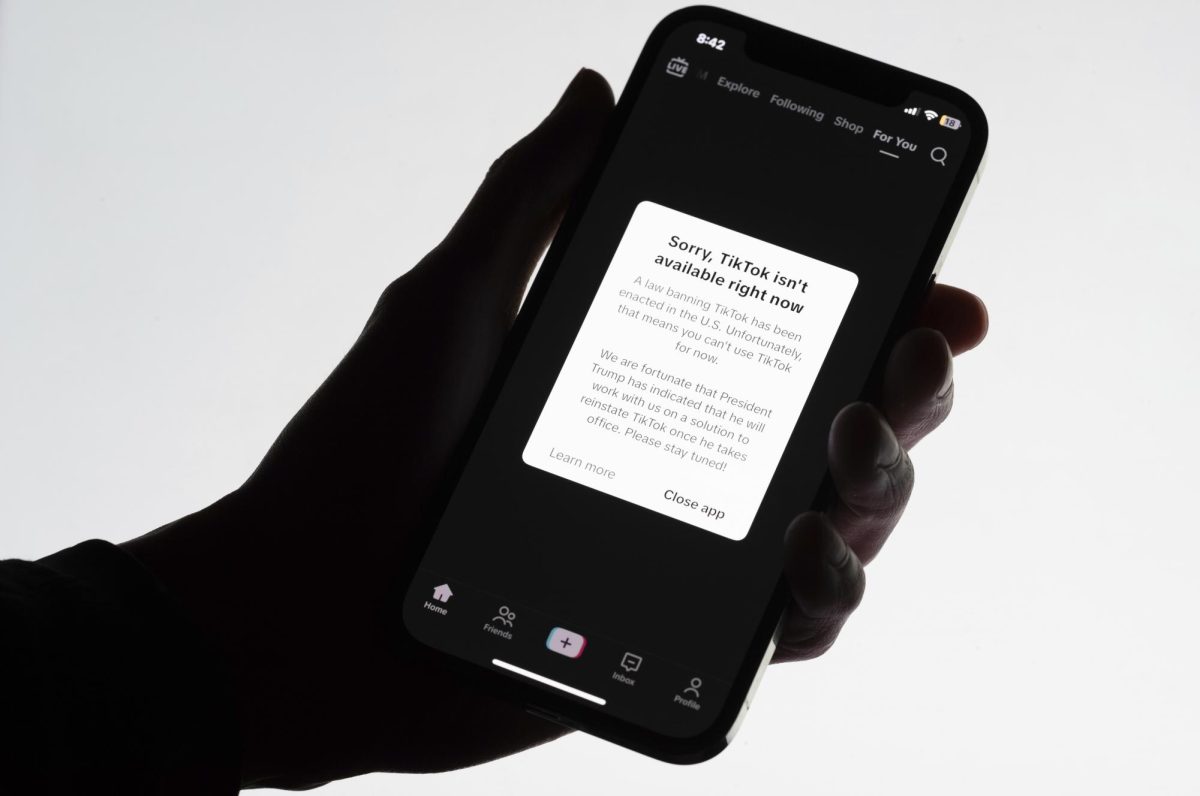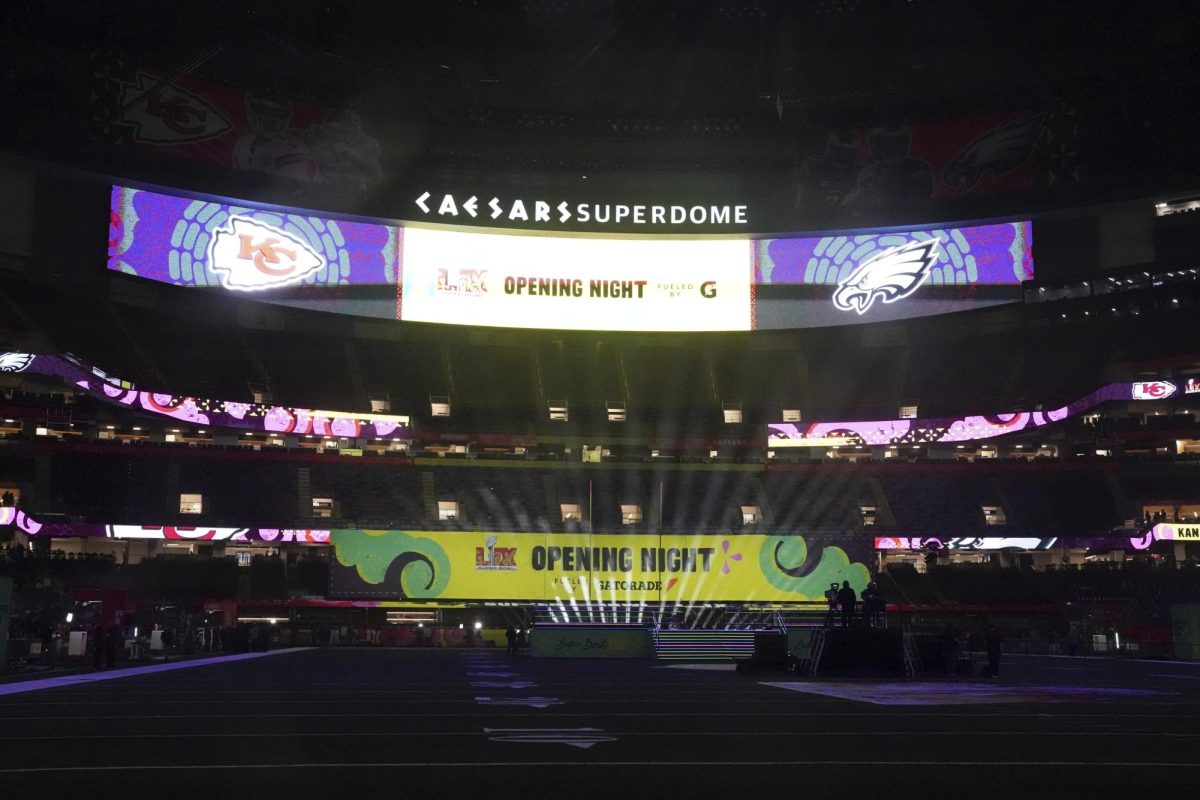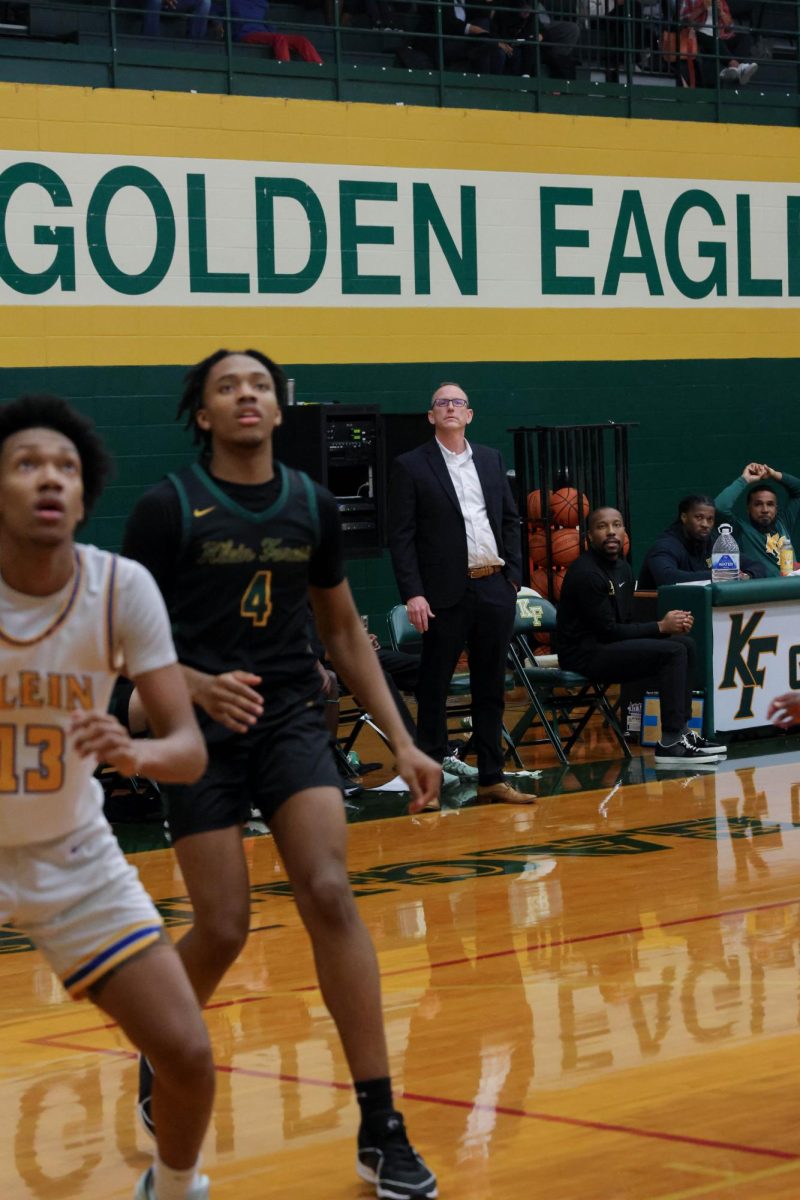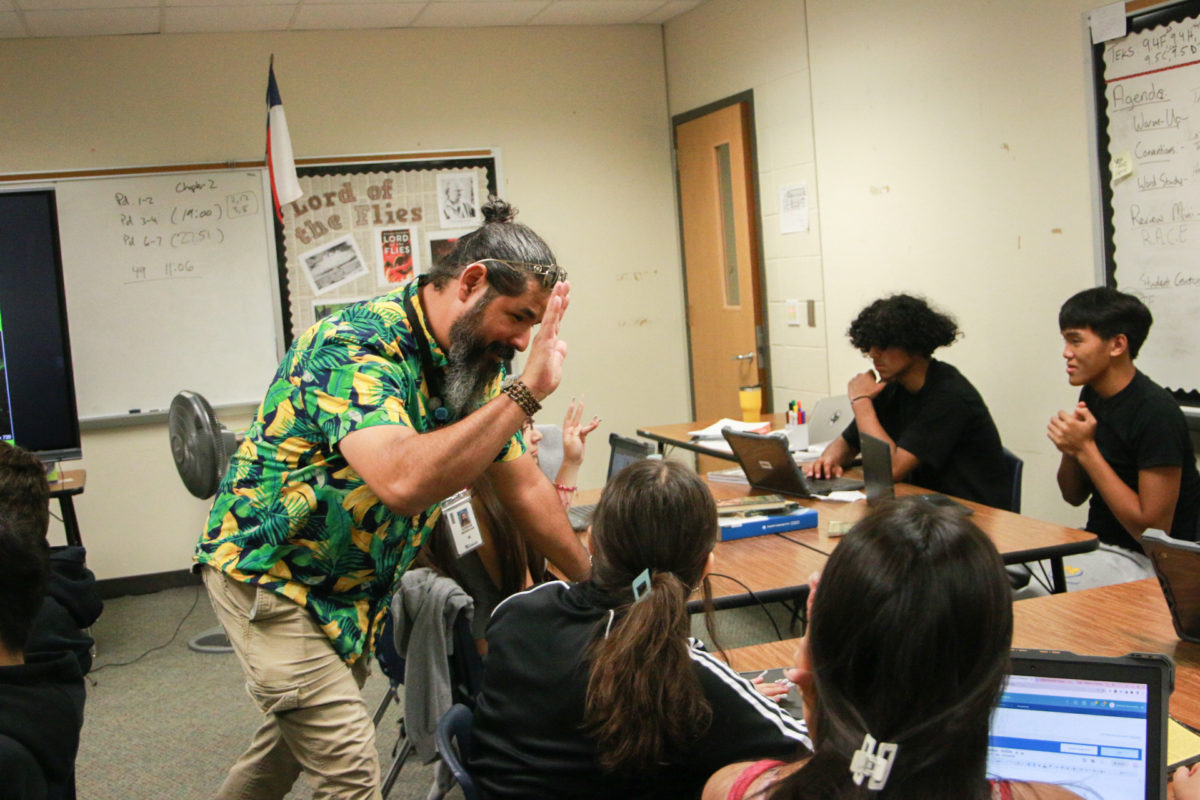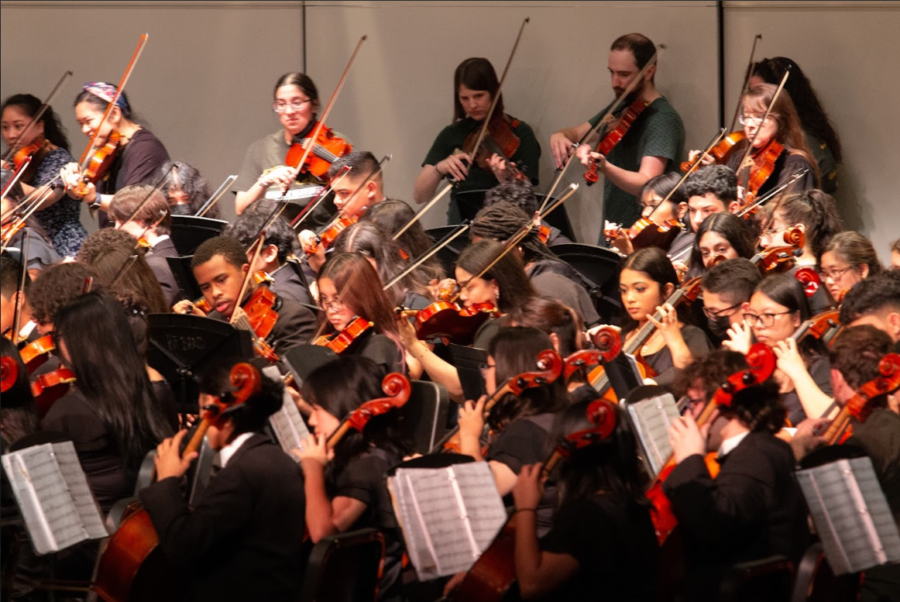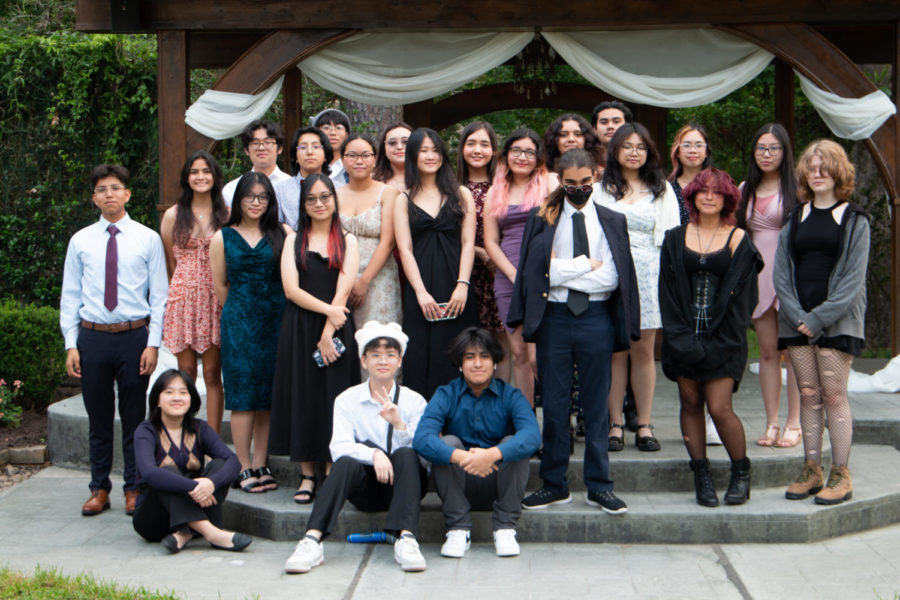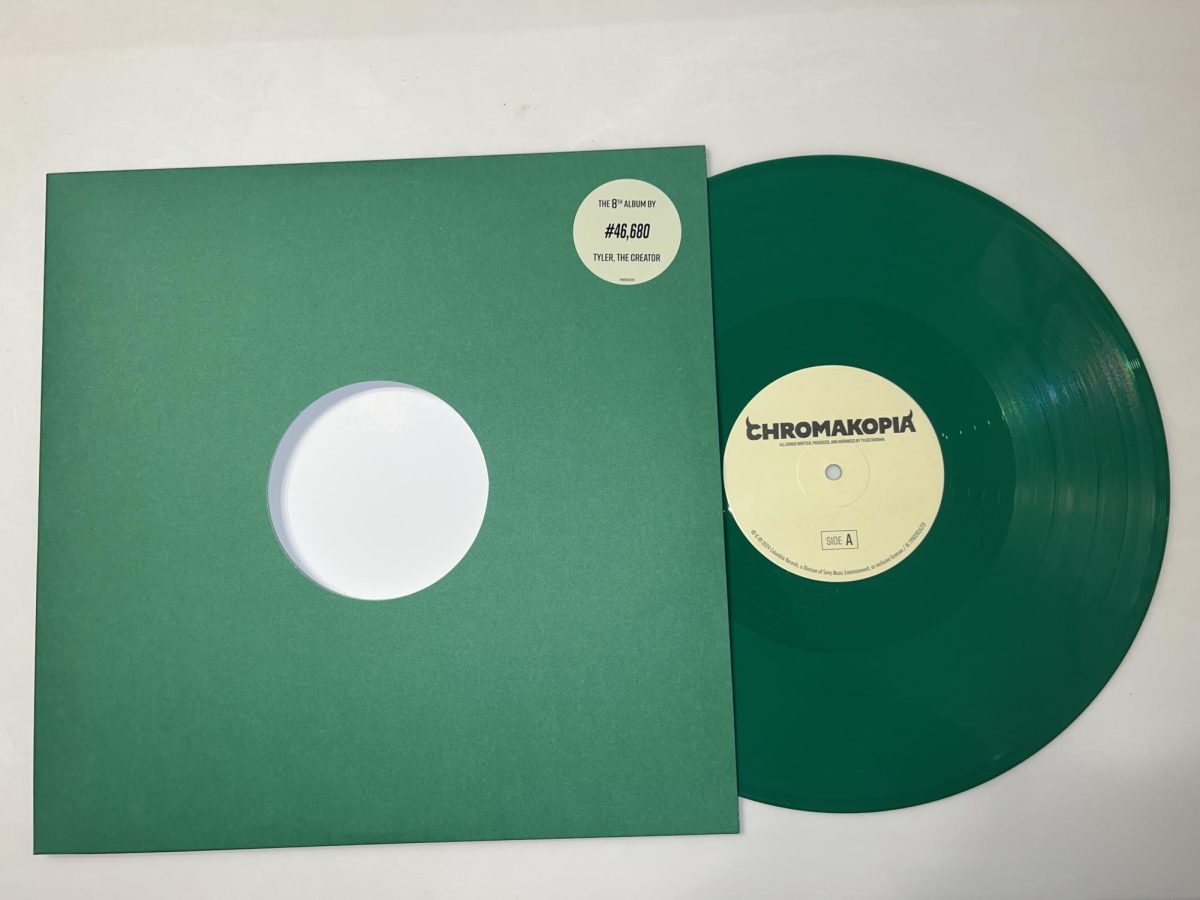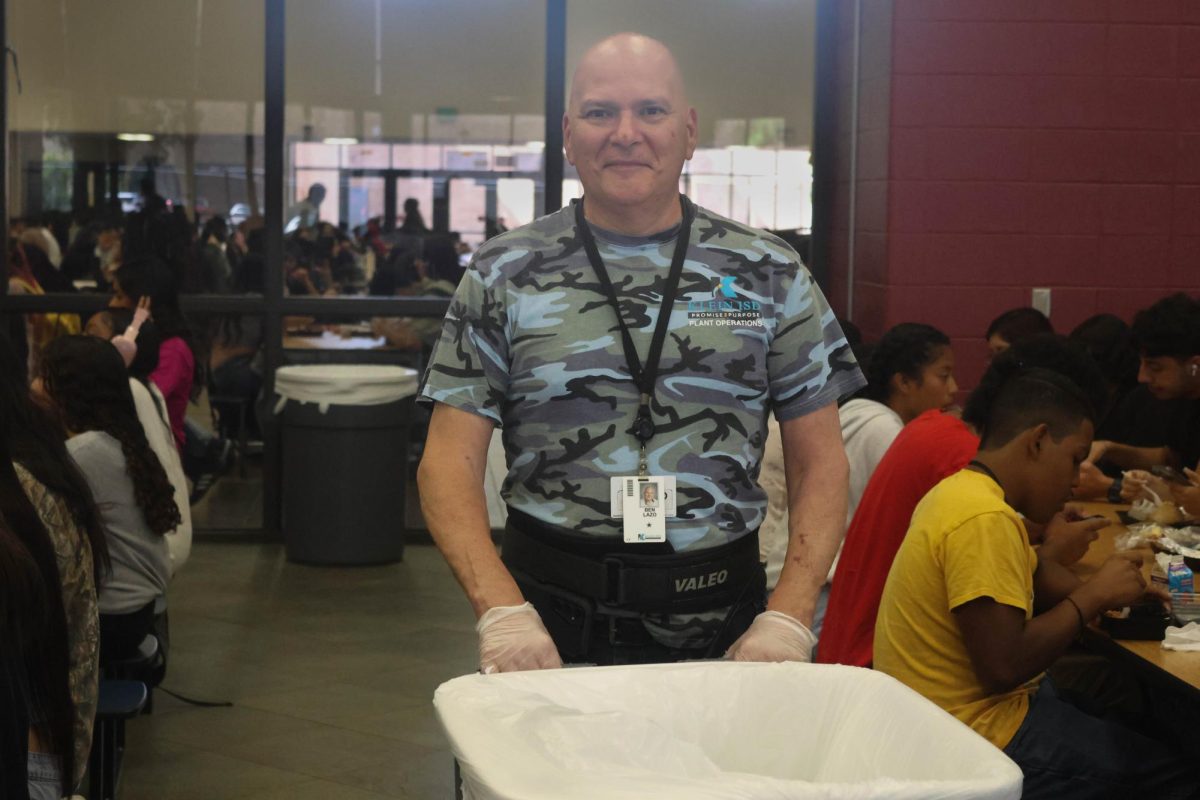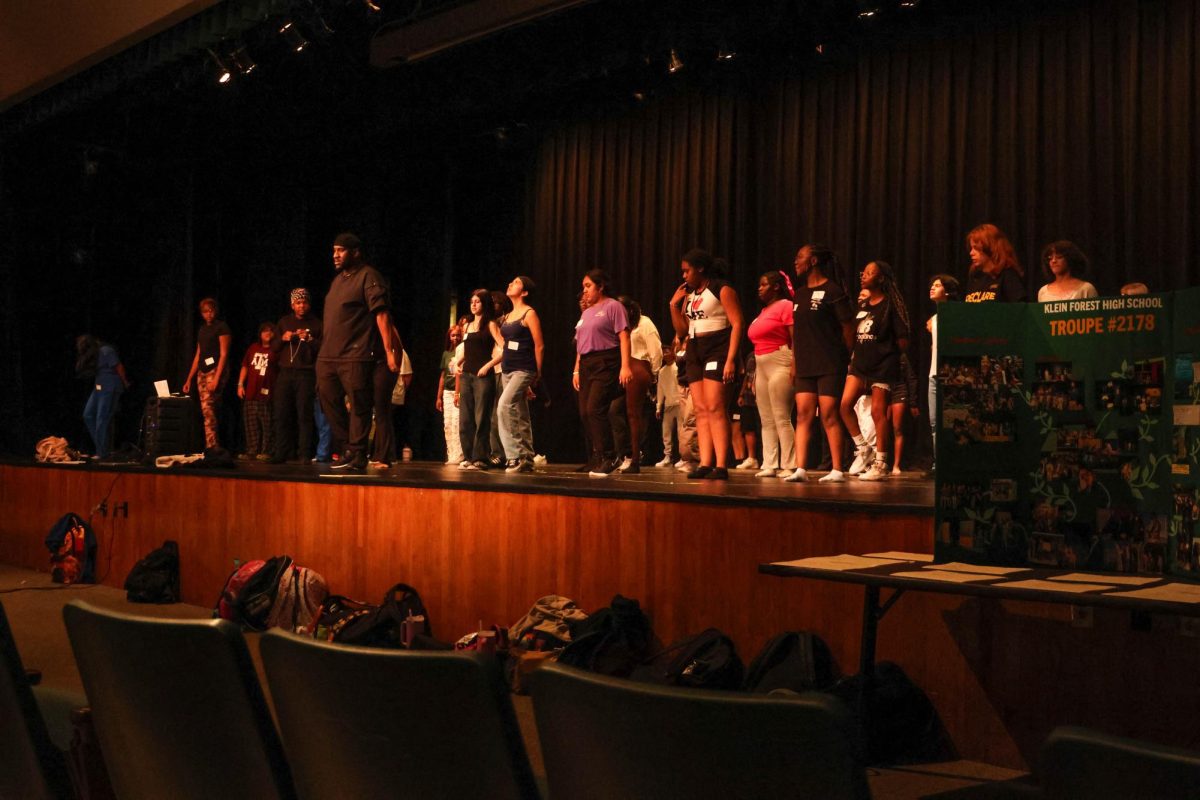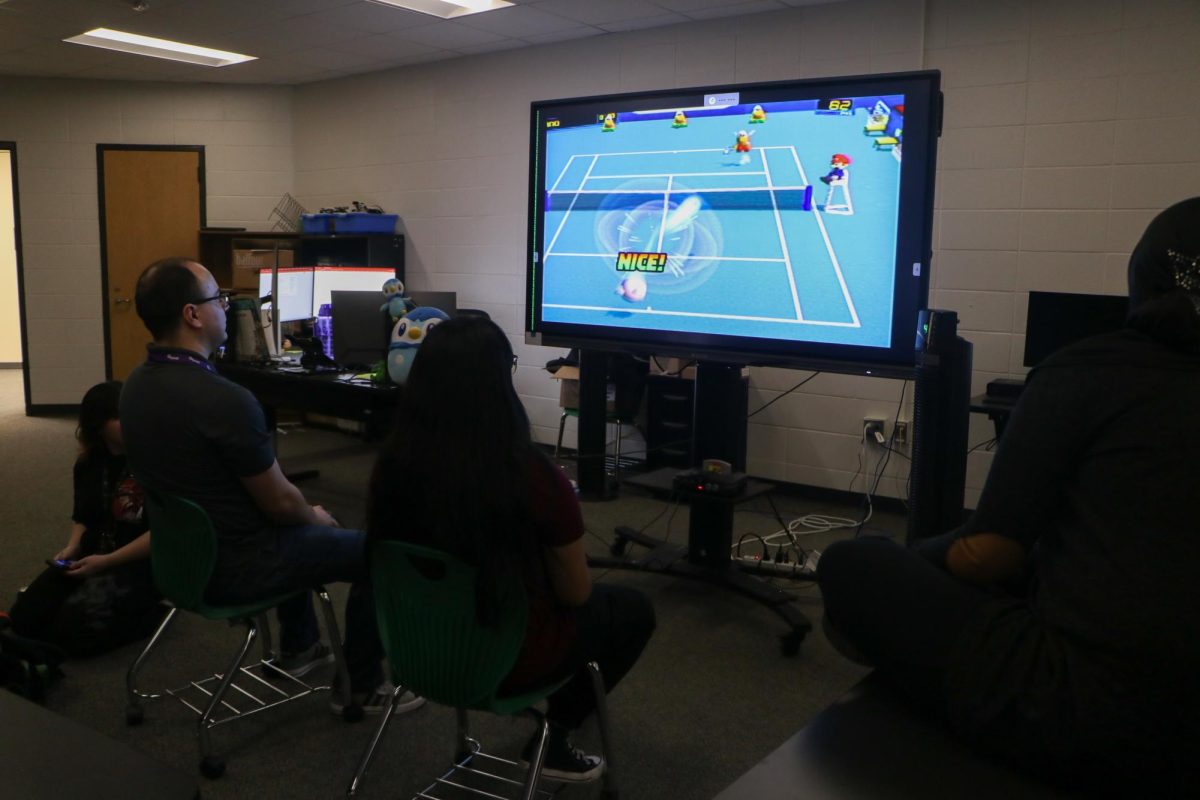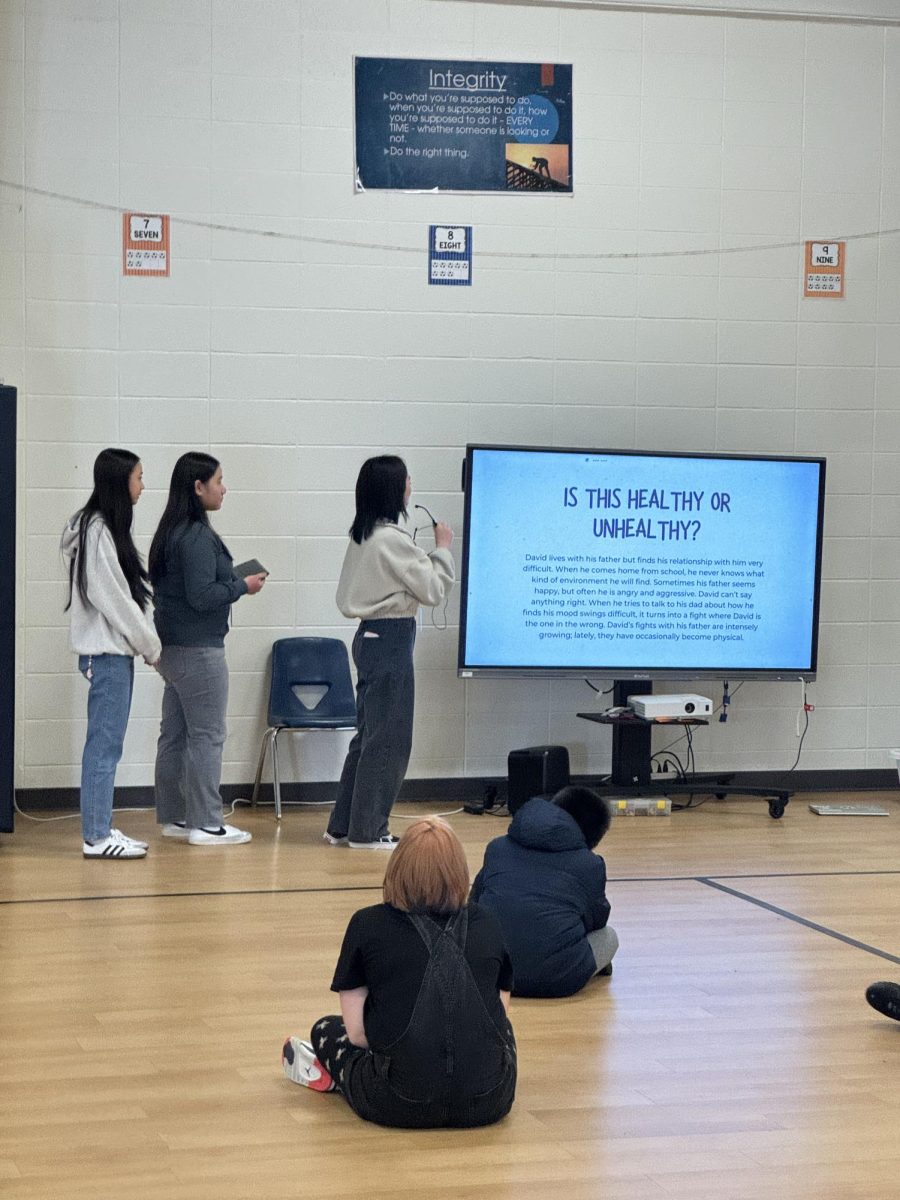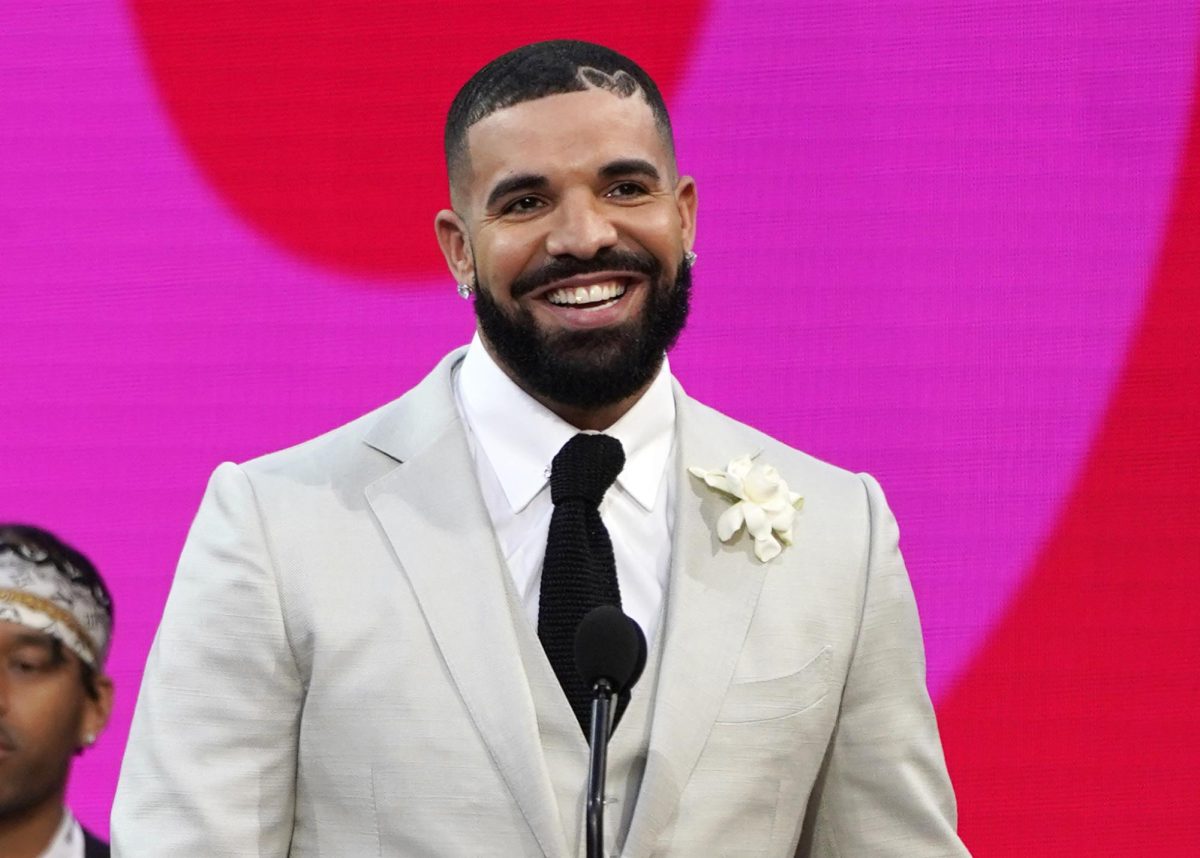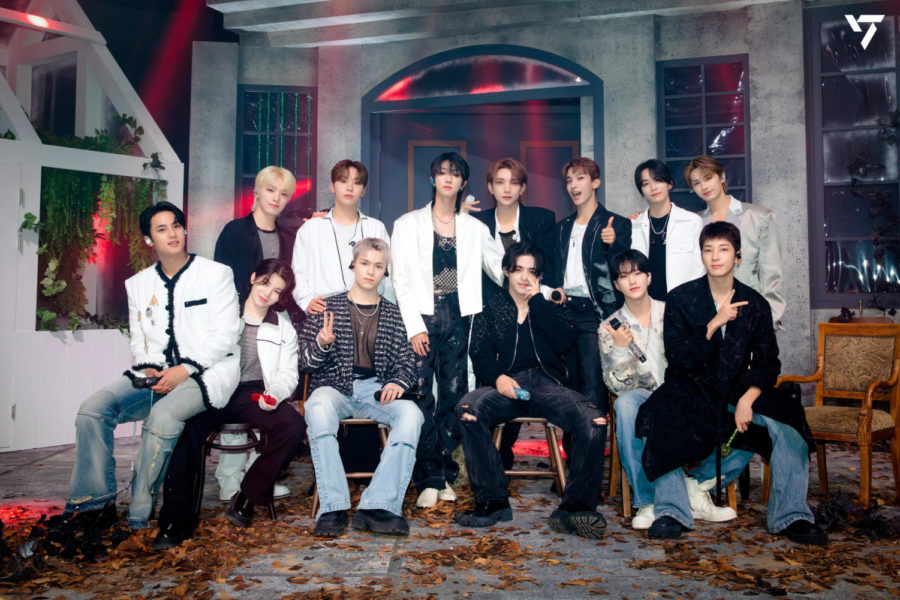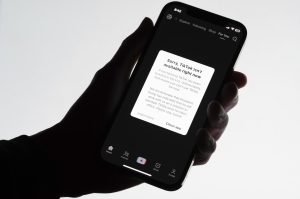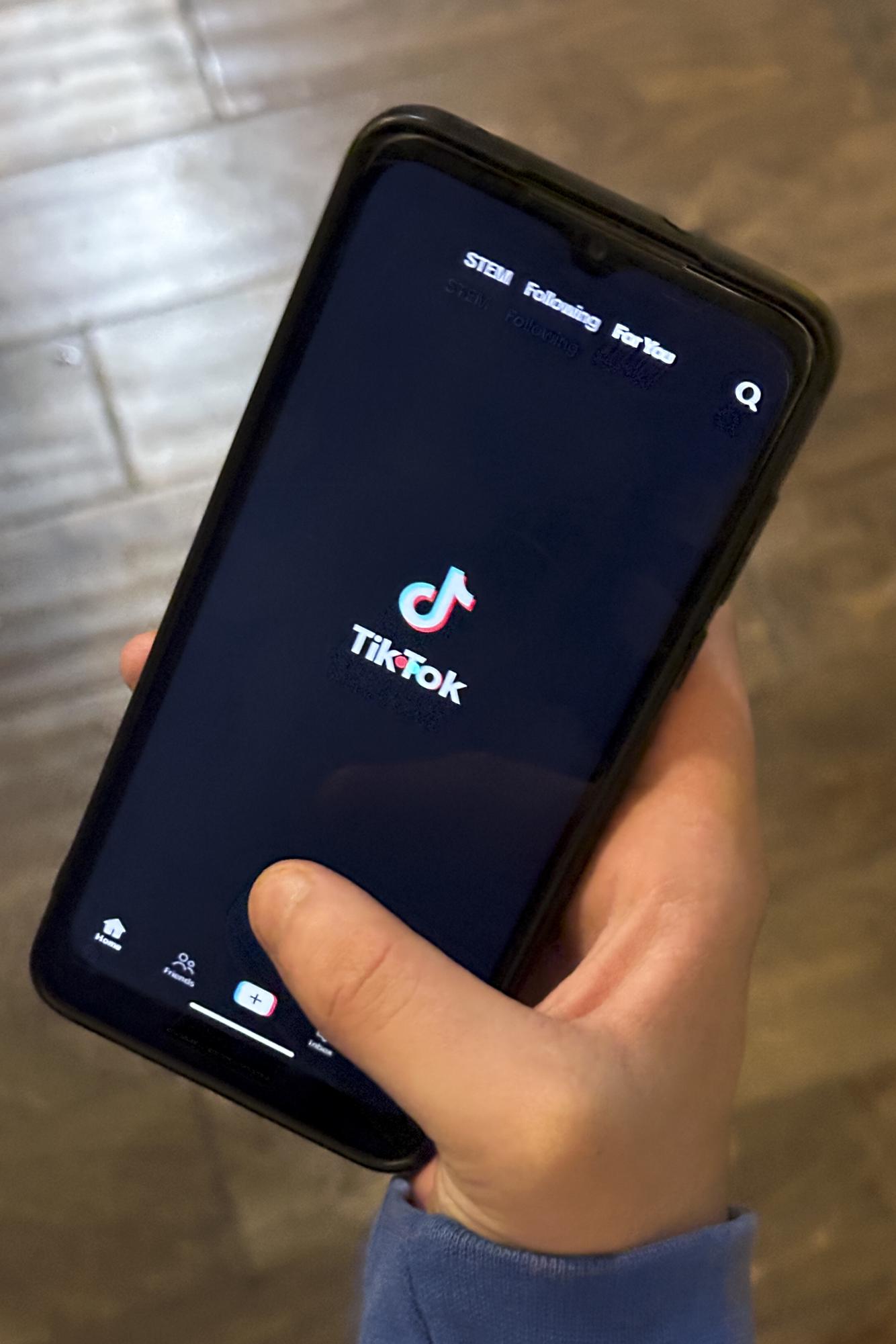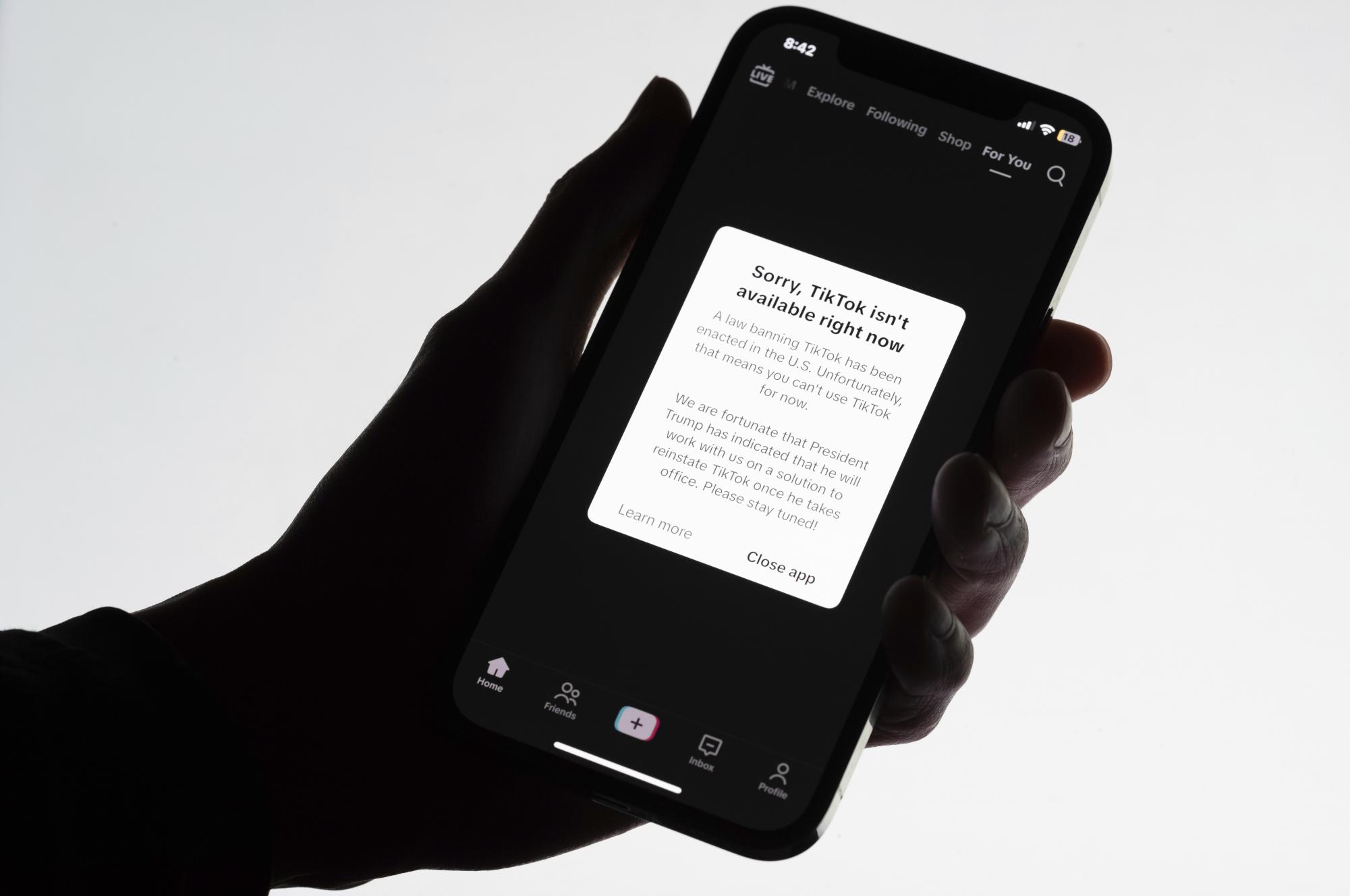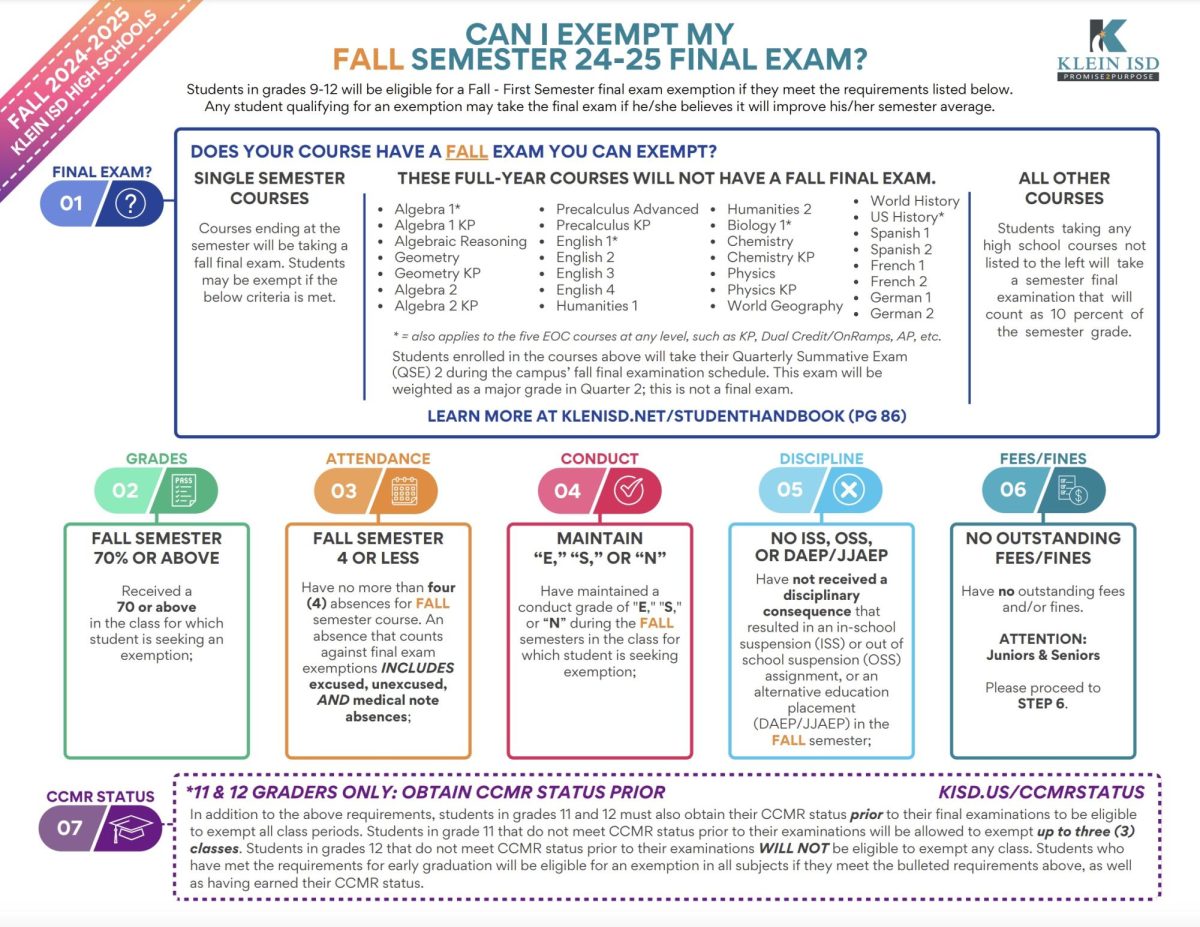President Donald Trump ordered the federal government to extend the TikTok ban after Americans lost complete access to the app on Jan. 19.
“Losing TikTok was like losing a family member,” junior Tatyana Vallejo said. “I was happy, and I could do what I love to do.”
ByteDance, TikTok’s parent company, has 75 days to sell a stake or settle a deal with Trump. In April 2024, former President Joe Biden signed a law that would ban TikTok unless it was sold within a year. The Biden administration argued the Chinese-owned app posed a threat to national security.
Some argue taking away TikTok would not only take away a source of entertainment, but take away creator’s platforms and a vital platform for free speech, as the platform is a host for ideas and opinions.
“I know there’s a lot of small businesses on TikTok that use the platform to help them,” junior Ayisha Dia said. “There’s also people with disabilities who use a platform to make money, and they can’t get regular jobs.”
On Jan. 18, TikTok went dark for the majority of American users. Before the ban, users expected to slowly lose access through updates or regain access through a VPN. Instead, the app greeted them with a message reading “We regret that a U.S. law banning TikTok will take effect on January 19 and force us to make our services temporarily unavailable.”
“I started crying because I get a lot of information on TikTok, like study guides,” junior Ayisha Dia said. “I also get crochet inspiration, and it’s just a platform where I have fun. I was in distress.”
Users lost the For You Pages curated for them and TikTok streaks. TikTok users flooded alternative platforms, most notably Xiaohongshu, which surged through the App Store’s top charts and Instagram.
“I didn’t know Mandarin,” Vallejo said. “Instagram reels weren’t relatable. They were just funny.”
12 hours after TikTok voluntarily shut down, users regained access to their For You Page and saved videos. TikTok is currently available again on the Apple App Store and Google Play.

